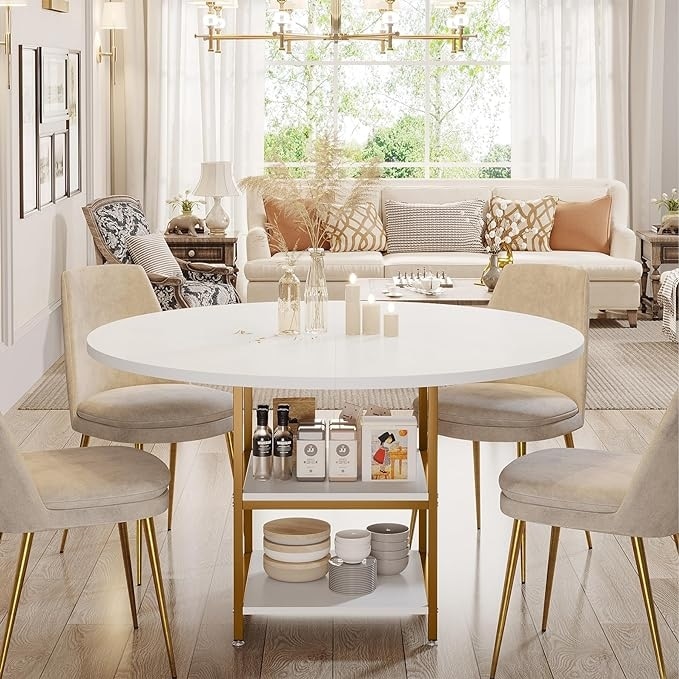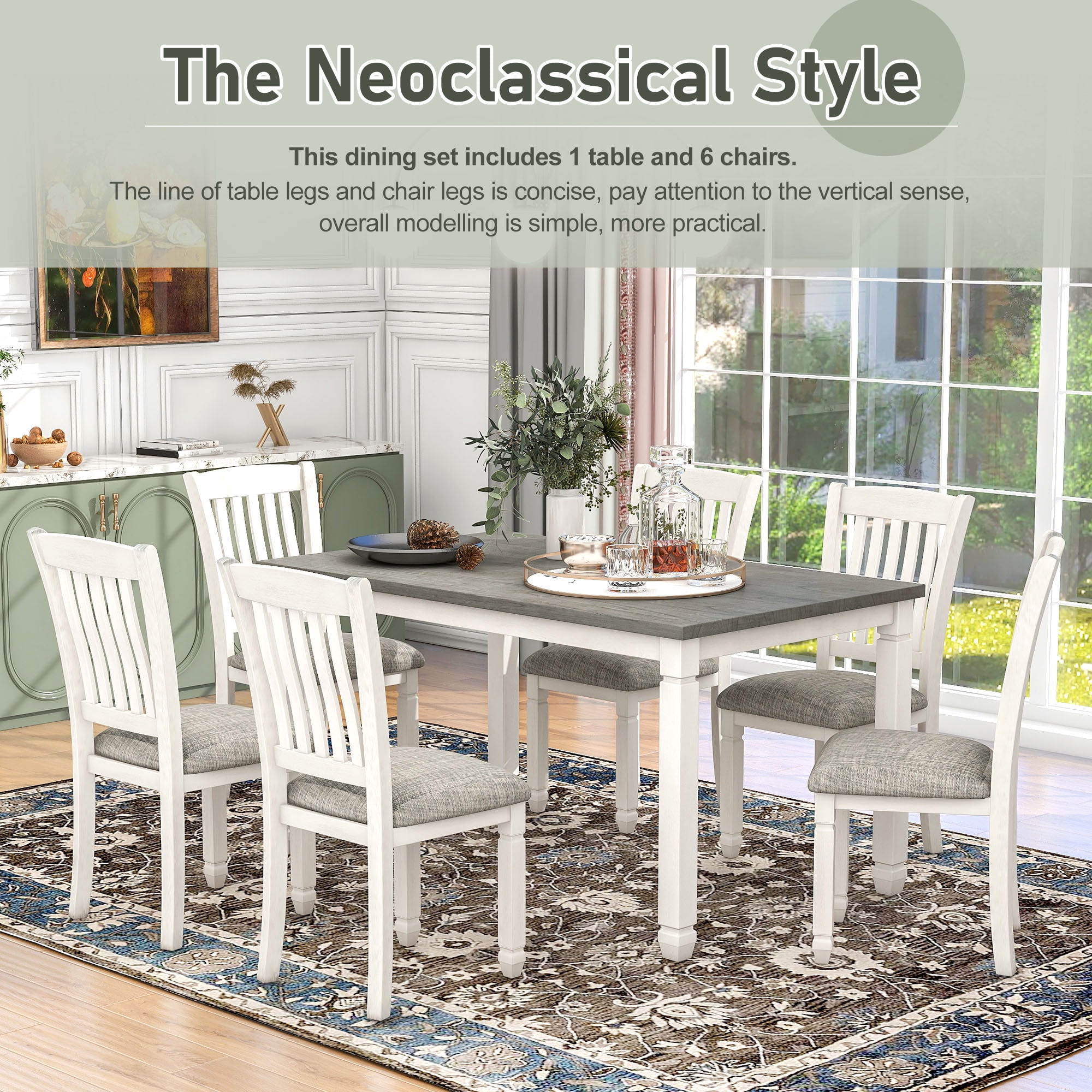How to Maintain and Care for Your Dining Room Table Legs
How to Maintain and Care for Your Dining Room Table Legs
Blog Article
Just How to Choose the Perfect Eating Area Table Legs for Your Home Design
Selecting the perfect dining-room table legs is a nuanced process that calls for mindful factor to consider of various aspects, including your area constraints, aesthetic choices, and functional needs. The interplay in between designs, dimensions, and materials can significantly affect the setting of your eating location, making it vital to approach this decision systematically. As you consider the myriad choices readily available, it ends up being clear that the right selection extends past simple look; it can improve your general eating experience. What factors should you prioritize to ensure your option enhances your home's special personality?
Assess Your Dining Area
Examining your eating room is essential for picking the right table legs that match both aesthetics and performance. Begin by determining the dimensions of your dining location, including ceiling elevation, flooring area, and closeness to various other furniture. This details will assist figure out the appropriate size and height of your eating table, which straight affects the option of table legs.
Next, consider the style and layout of your dining area. An open-concept layout might benefit from table legs that provide visual agility, such as slim metal or acrylic options. Conversely, a more typical setting may call for tough wood legs that supply a feeling of permanence.
Examine the existing shade scheme and products in your eating area. Integrating the table legs with these aspects produces a natural appearance that boosts the total style.
Ultimately, an extensive evaluation of your dining space will guide you in making an educated decision, ensuring that your table legs not only improve the aesthetic appeal however also offer practical functions.
Consider Your Style Preferences
When selecting dining-room table legs, it is vital to review your personal style choices, as they dramatically influence the total aesthetic of your eating room. Your option of table legs can either complement or comparison with existing decoration, making it crucial to straighten them with your favored interior decoration theme.
If your home leans towards a contemporary visual, consider streamlined metal or minimalist wood legs that provide a clean, minimalist appearance. For a much more conventional strategy, luxuriant wooden legs with detailed makings can include a touch of elegance and sophistication. Industrial styles profit from durable, resources such as redeemed wood and steel combinations, reflecting a tough beauty.
In addition, farmhouse and rustic styles frequently favor strong, beefy legs that evoke a feeling of heat and comfort. Alternatively, if your decor is diverse, you could pick unconventional shapes or a mix of products to create visual passion.

Evaluate Material Options
The choice of product for eating space table legs plays a critical duty in both sturdiness and visual charm. Usual products consist of timber, steel, and composite choices, each offering distinct qualities that can influence the total appearance and long life of your table.
Wood is a classic choice, understood for its warmth and convenience. Hardwoods like oak and walnut offer remarkable strength and can be finished in numerous stains to match any type of design. Nonetheless, softwoods like want are more prone to scratches and damages, making them less excellent for high-traffic areas.
Metal legs, commonly crafted from steel or aluminum, show modernity and commercial beauty. They are very long lasting and resistant to put on, making them ideal for families with children or constant celebrations (dining room table legs). Additionally, metal can be finished in different colors, enhancing the customization possibilities
Composite materials, such as MDF or laminate, offer affordability and varied designs. While typically much less resilient than strong timber or steel, they can still provide a fashionable look and are commonly simple to maintain.
Inevitably, the material you choose need to line up with your lifestyle, visual preferences, and the degree of usage your table will experience.
Determine Height and Dimension
Selecting the appropriate elevation and size for your dining-room table is important for both functionality and convenience. The common elevation for eating tables commonly varies from 28 to 30 inches, enabling ample legroom for most people when seated. Nevertheless, it is essential to think about the measurements of your eating room and the types of chairs you plan to utilize.

Additionally, think about the percentages of your eating area. A bigger table in a sizable location can develop a grand setting, while a smaller sized table functions well in even more intimate setups. Inevitably, the appropriate elevation and dimension will certainly integrate with your total style and boost the eating experience for you and your visitors.
Explore Modification Opportunities

Furthermore, the style of the legs can be customized to fit various designs, such as rustic, contemporary, or industrial. Tapered legs can evoke a mid-century modern-day feel, while chunky, block-style legs might resonate with traditional or farmhouse style.
House owners can also explore shade surfaces, from natural timber stains to repaint, enabling them to match or contrast with the table top and surrounding style.
Furthermore, leg elevation can be adapted to suit certain seating setups or personal choices, enhancing both comfort and functionality.
Finally, distinct decorations, such as carvings or attractive brackets, can additionally personalize the table legs, making the eating experience not just a declaration but a dish piece in the home. By taking into consideration these personalization choices, home owners can produce an eating room table that really shows their uniqueness.
Final Thought
Selecting the suitable dining space table legs calls for careful factor to consider of numerous elements, consisting of the measurements of the dining area, design choices, material toughness, and desired height. Modification alternatives even more improve the capacity to achieve a cohesive aesthetic that enhances the total decor. By systematically examining these elements, property owners can make certain that the chosen table legs not only satisfy practical needs yet also contribute positively to the dining experience and atmosphere of the home.
Choosing the excellent eating room table legs is a nuanced process that requires careful consideration of different aspects, including your area restraints, visual choices, and sensible needs.Assessing your eating area is vital for picking the right table legs that match both aesthetics and capability.When establishing dimension, determine the the original source area where the table will be placed to guarantee it fits pleasantly, permitting for at the very least 36 inches of clearance around the table for simple motion. A larger table in a sizable location can produce a grand ambiance, while a smaller sized table functions well in more intimate settings.Picking the excellent eating space table legs needs careful consideration of numerous site link variables, consisting of the dimensions of the dining room, design preferences, material durability, and wanted height.
Report this page